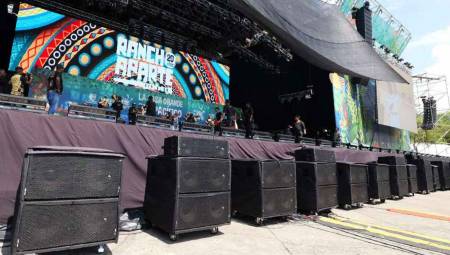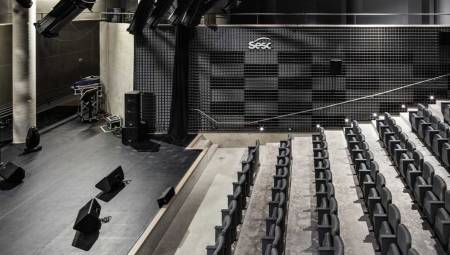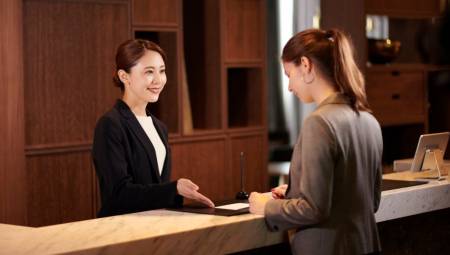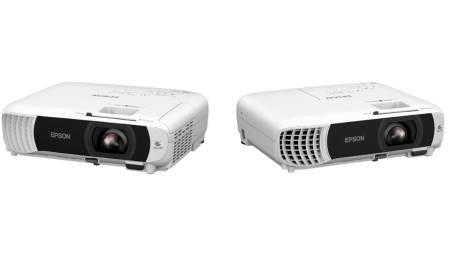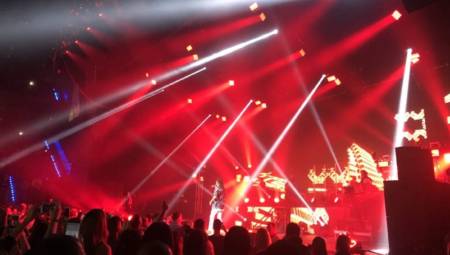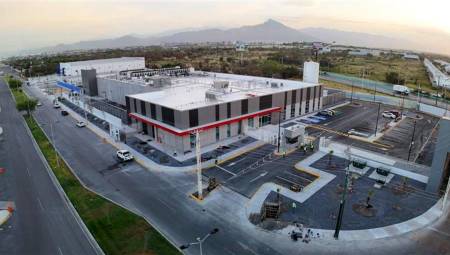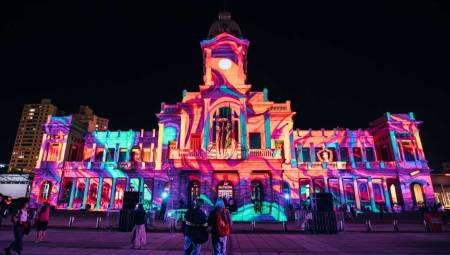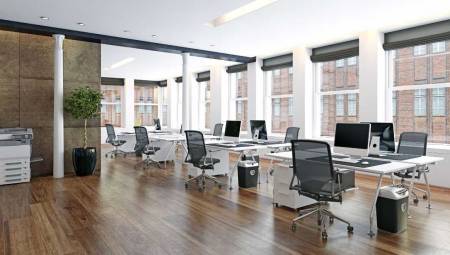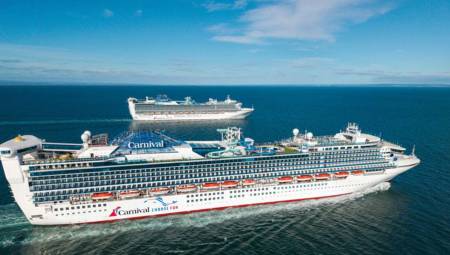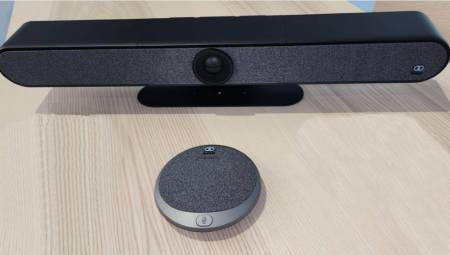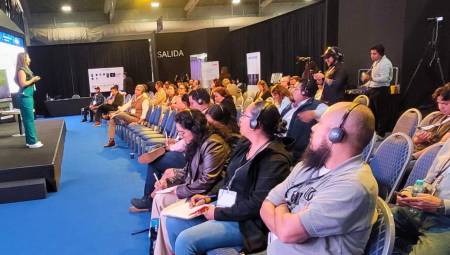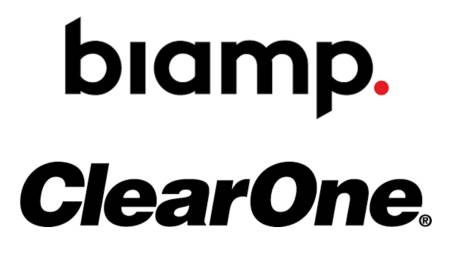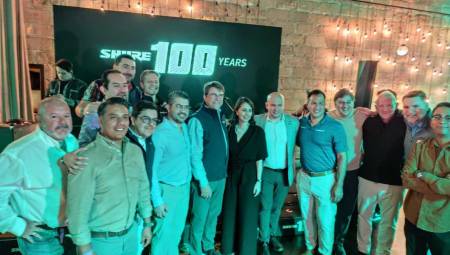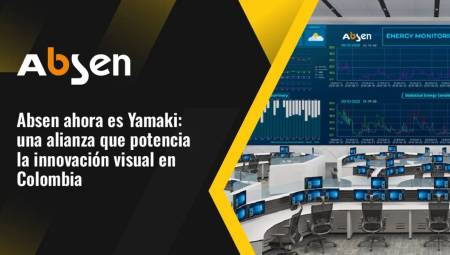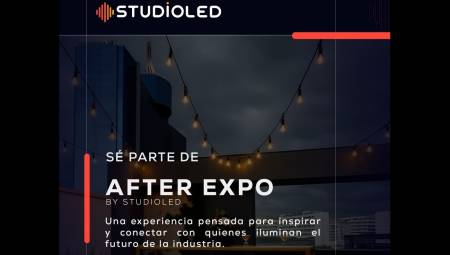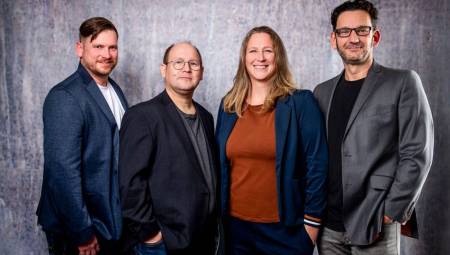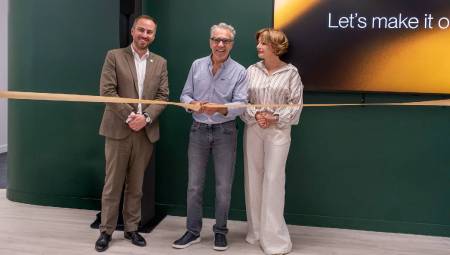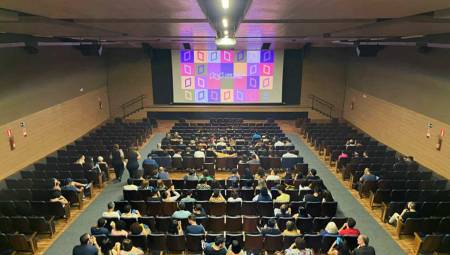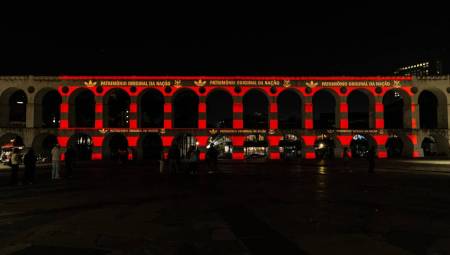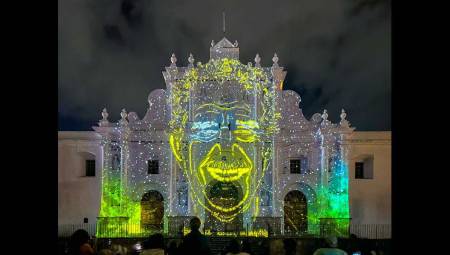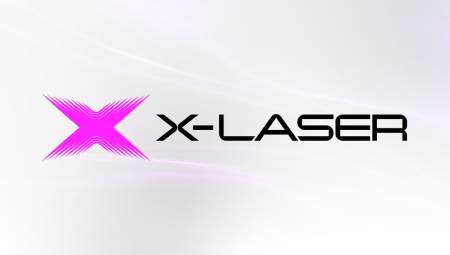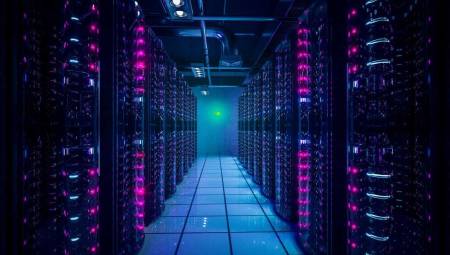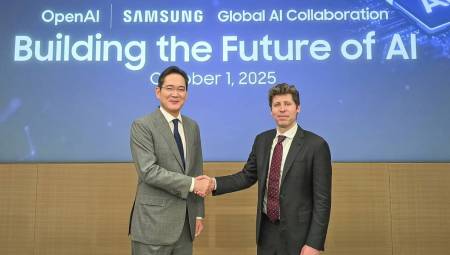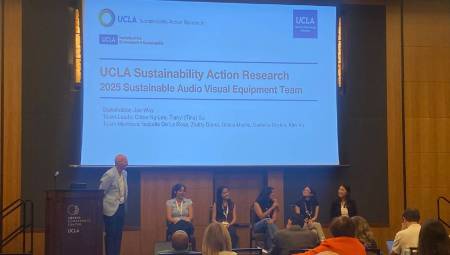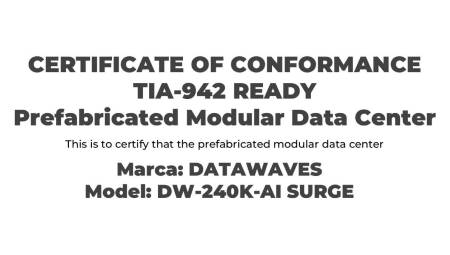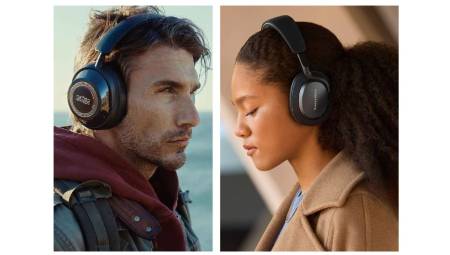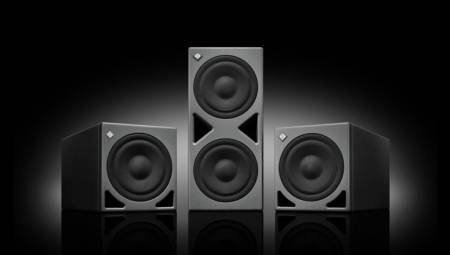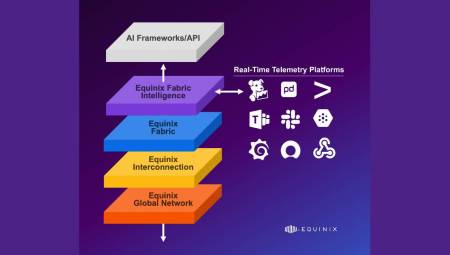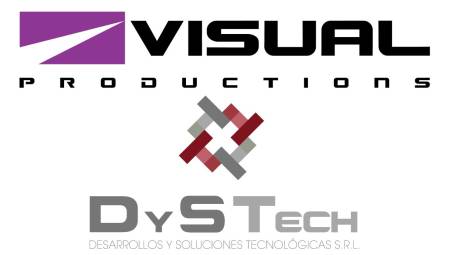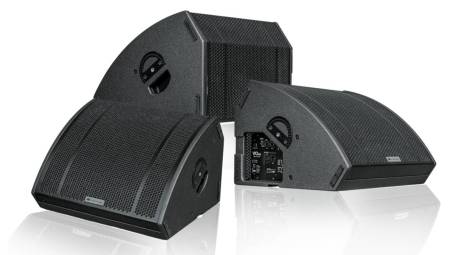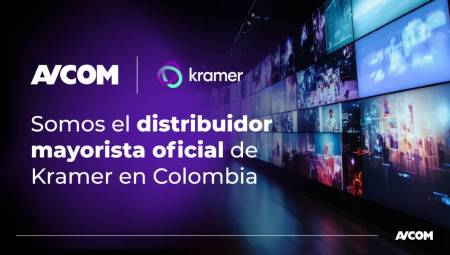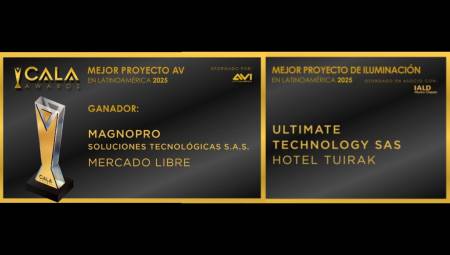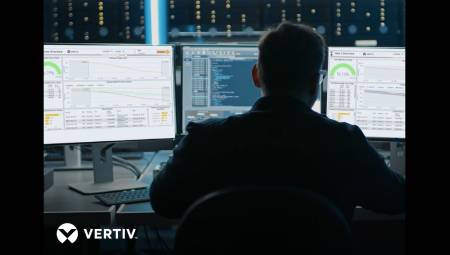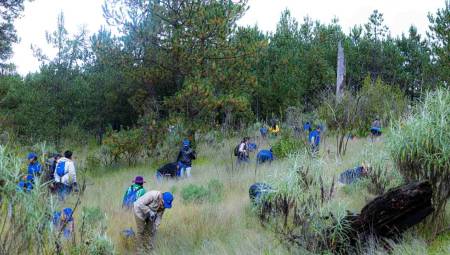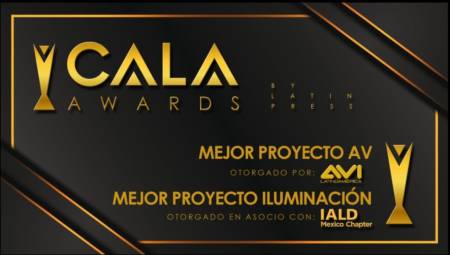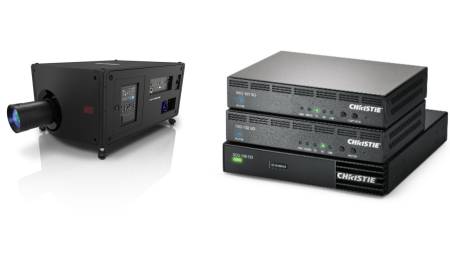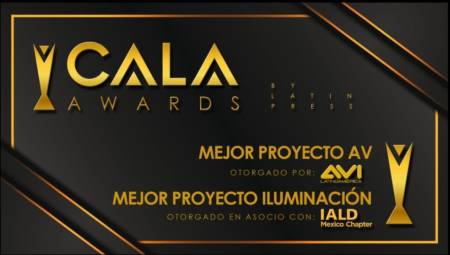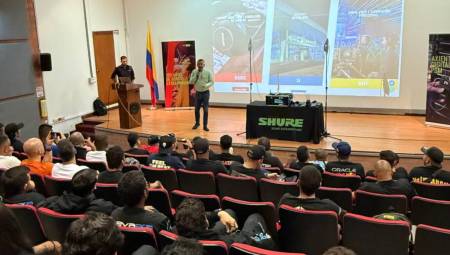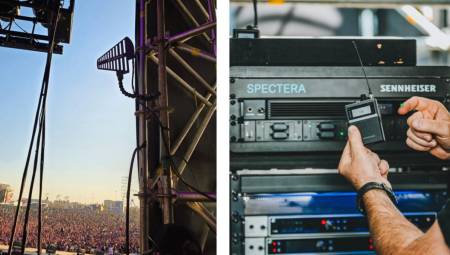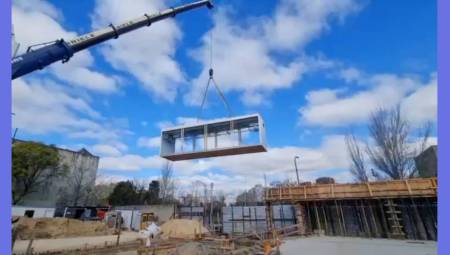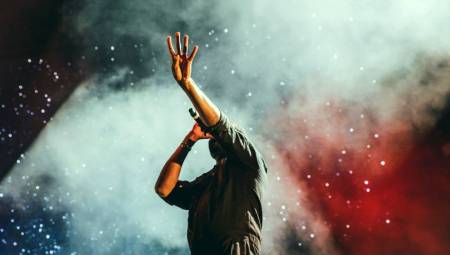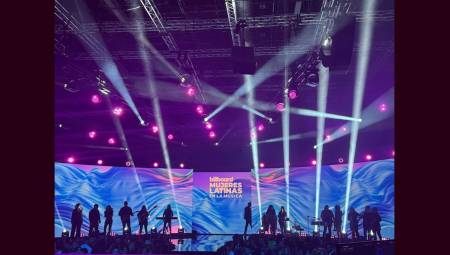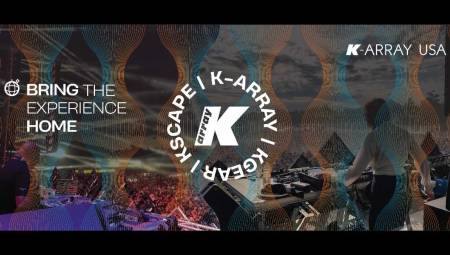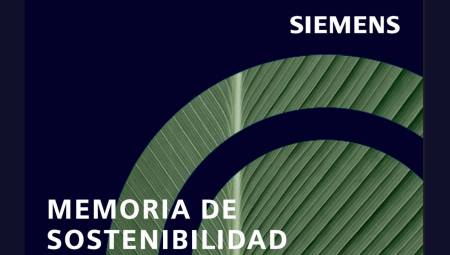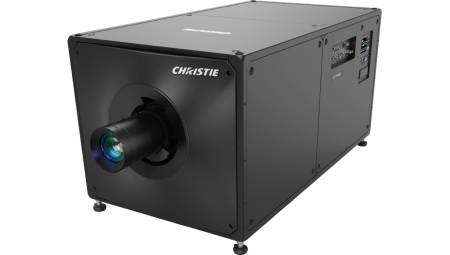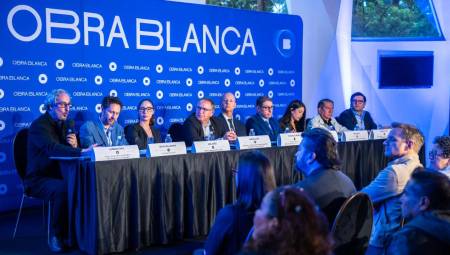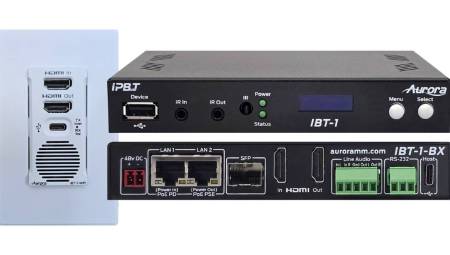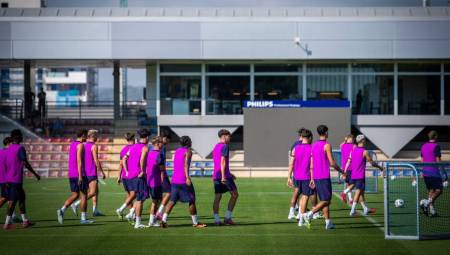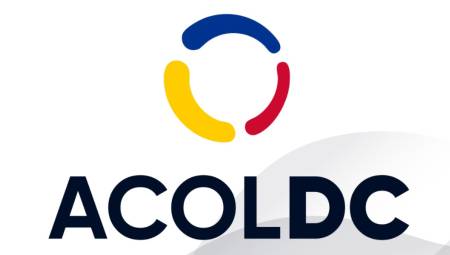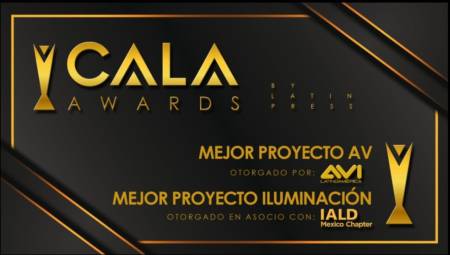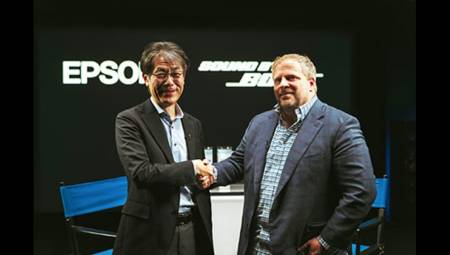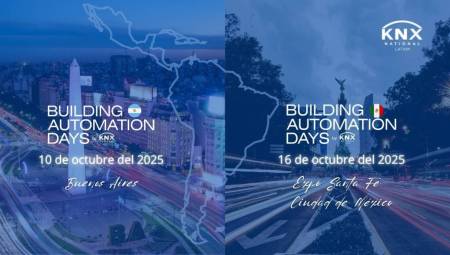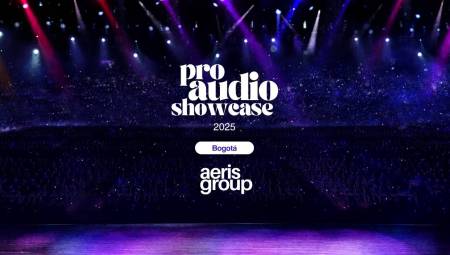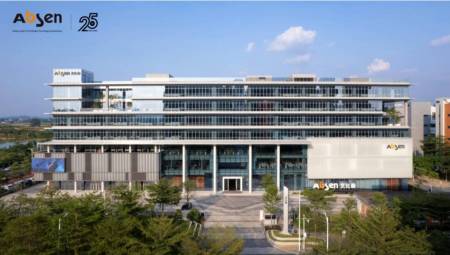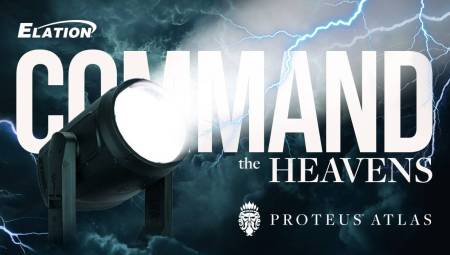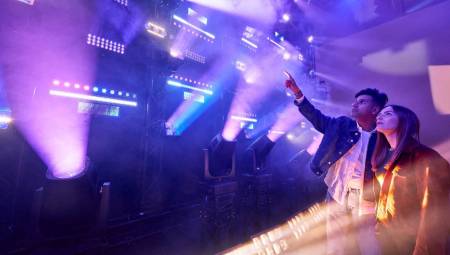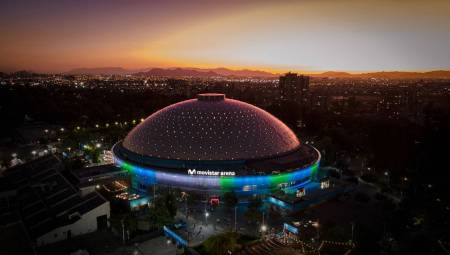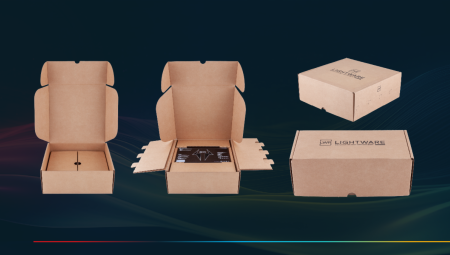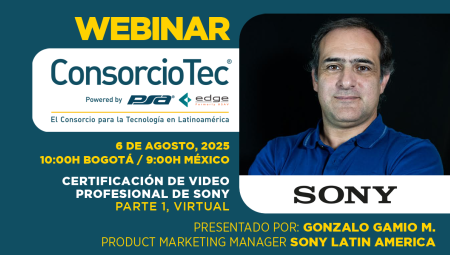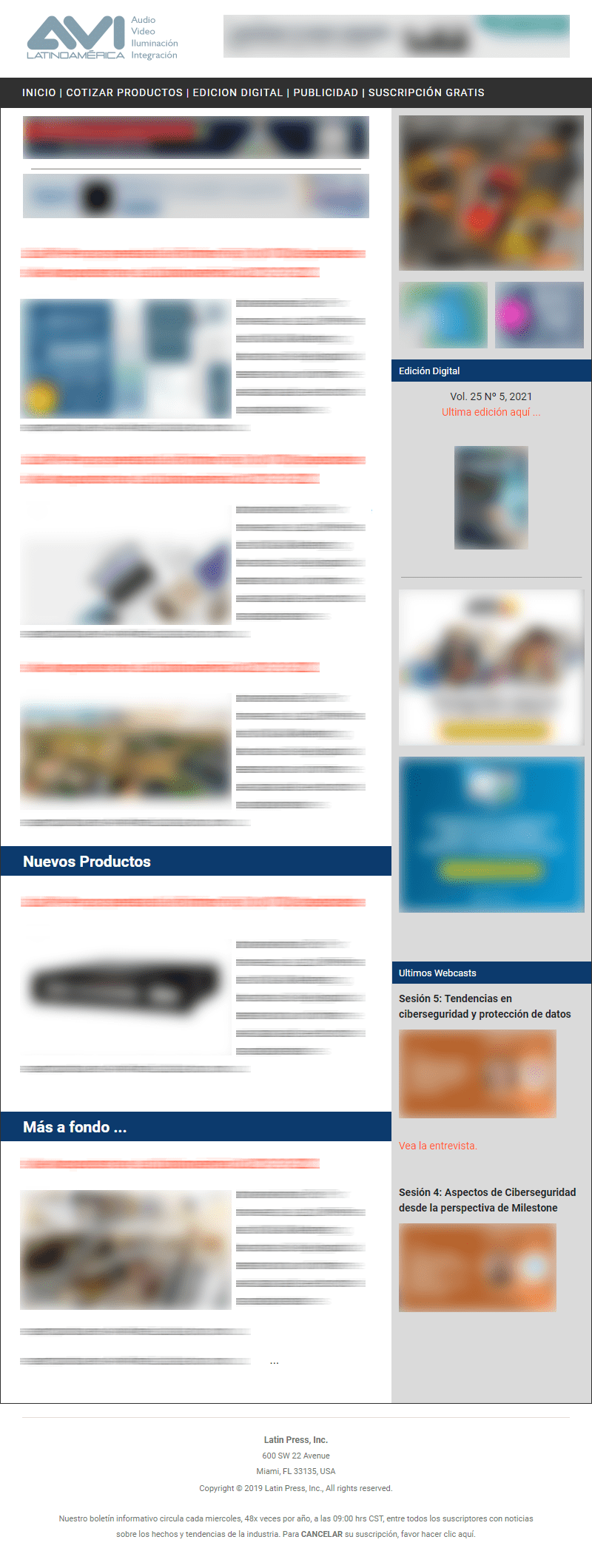Colombia. The Petronio Álvarez Pacific Music Festival, held every year in Cali, is one of the most important cultural events in Colombia and the greatest reference of the musical traditions of the Pacific.
Conceived as a space to make visible and preserve Afro-Colombian roots, the event brings together groups, composers and performers who compete in different traditional modalities such as the marimba, the chirimía or the Cauca violins, always under the assessment of a specialized jury.
The twenty-ninth edition took place from August 13 to 18, 2025 at the Alberto Galindo Sports Unit, known as the Petronio Citadel. For six days, the city of Cali became the epicenter of Pacific culture, with the participation of more than 2,000 artists and the attendance of more than 800,000 people. The festival was consolidated not only as a musical event, but as an integral showcase of the cultural identity of the region.
For this edition, the companies Stage Entertainment and Dussan Iluminaciones were in charge of the technical production, with DAS Audio's ARA systems that offered a clear and powerful sound for both the artists and the jury and the audience.
The twenty-ninth edition of the Petronio Álvarez Festival was held at the Alberto Galindo Sports Unit, a complex located in a densely populated area of Cali and surrounded by several residential units.
This location posed an obvious challenge: to guarantee a high-quality sound experience for thousands of attendees without affecting the neighbors, in a context where even the environmental authorities carried out continuous noise measurements to ensure compliance with the permitted levels.
Added to this was the need to uniformly cover an open and crowded venue, where the audience was distributed in different areas along more than 70 meters of distance from the stage. The system had to maintain consistency throughout the frequency range, avoiding sound pressure drops or loss of definition at distant points.
The festival is also characterized by the enormous diversity of genres that converge on its stages, from symphony orchestras to traditional Pacific music groups, including urban and salsa proposals. This variety demanded a precise frequency response, capable of adapting to very different styles without losing clarity or color.
The challenge, in short, was to deliver a punchy and balanced sound, while respecting environmental regulations and ensuring that both audiences and artists enjoyed the experience without creating conflicts with the immediate urban environment.
To meet the challenges posed by the urban environment and the magnitude of the festival, a complete configuration based on ARA systems was implemented. The main equipment consisted of 36 units of LARA-80, distributed in two L/R arrays of 18 systems each, which provided the main coverage of the enclosure. To this deployment were added 8 units of LARA-80 as outfill, intended to reinforce one of the lateral areas, as well as 16 additional LARA-80s as delay to ensure uniformity at the furthest points.
In the front area, 6 LARA-100s were installed that worked as frontfill, guaranteeing clarity in the first rows. For the management of low frequencies, 44 LARA-SUBs were deployed: 28 in electronic arc configuration distributed along the front of the stage and 8 more per side as end fire, ensuring the necessary power to solidly cover the needs of the event.
One of the highlights of the project was that all systems are cardioid, which allowed for very stable control of sound dispersion and significantly reduced the impact on the surrounding residential areas. FOH engineer Juan Murillo underlined this point: "We really have a very marked problem here and that is that we have neighbors. It was very important to get a solution that didn't affect them so much."
In addition, the system's ability to maintain consistency across the entire frequency range was critical to the great musical diversity that characterizes the Petronio. As Murillo highlighted: "More than ten engineers have passed through here; We have worked with symphony, urban, traditional, salsa and many other formats, and it is definitely a brand and an option that will influence my riders."
The success of the deployment with ARA systems was reflected not only in the quality perceived by the public, but also in the satisfaction of the technical teams and the festival's own juries. Juan Camilo Fernández, system tech at Stage Entertainment, summed up the experience: "The system has dynamics, it has strength, it has headroom, it has power, it is defined and the truth is, the challenge was very big but the system has behaved in an incredible way. We are really very happy with the system."
The impact was equally evident in the development of musical competence. Claudia Patricia Prado Lemos, from the jury coordination team, said: "The sound this year has been very good, it has had a great improvement and has allowed us, both the juries and the coordination team to better value the groups.
It was important that they could, in their staging, be heard in an ideal way. We have been able to value all the effort, work and musical preparation they have made. Listen to each instrument, each nuance of each instrument, the basses, the compositions they have made in their songs, the lyrics and the vocal interpretation."




